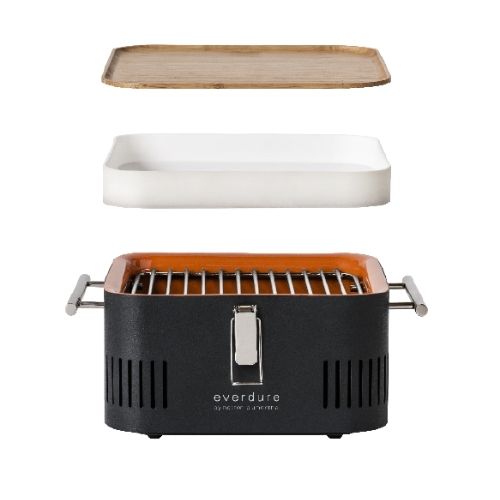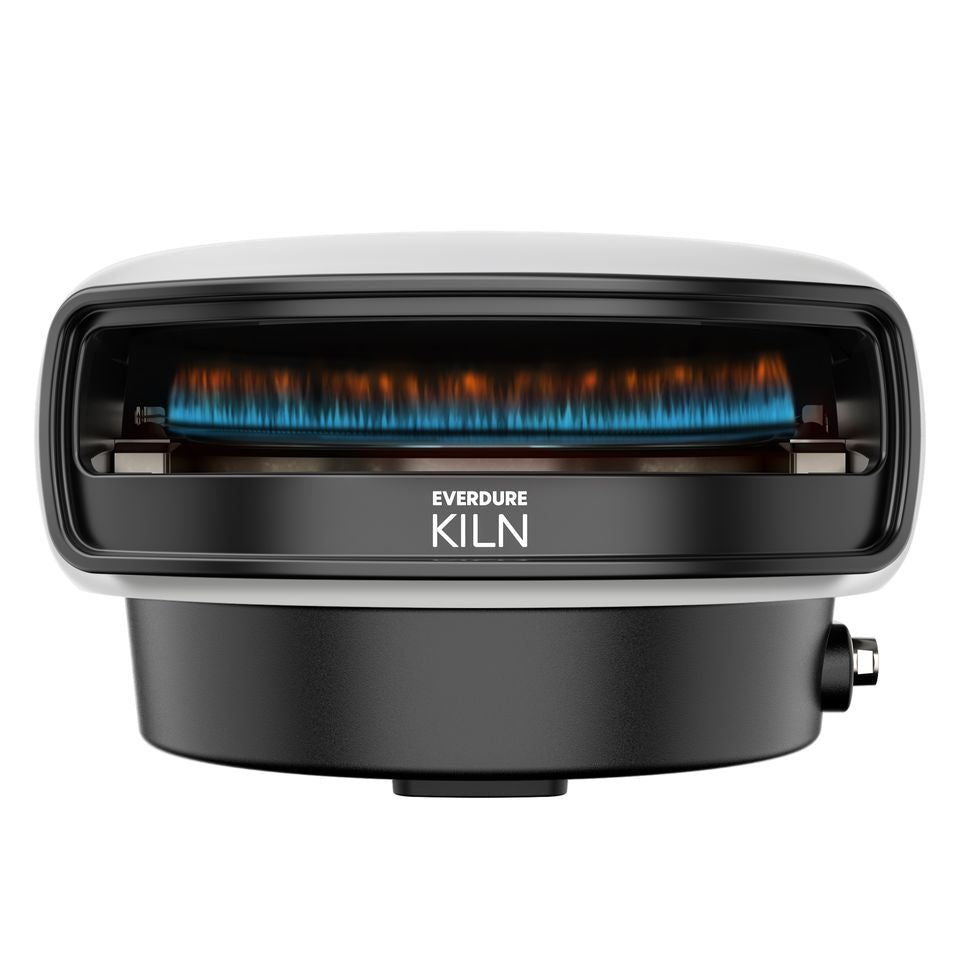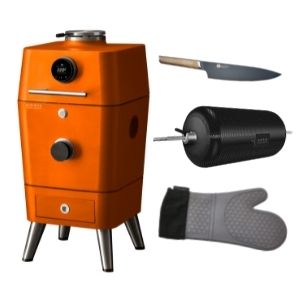The Science of BBQ: Understanding Flavor and Tenderness

Barbecue is a culinary art that tantalizes our senses with smoky aromas, tender textures, and rich flavors. But behind this delicious experience lies a fascinating science that transforms raw meat into mouth-watering BBQ. In this blog post, we'll delve into the science behind what makes BBQ so delicious, including the Maillard reaction, the role of marinades and rubs, and the importance of resting meat. We'll also explore how different cooking methods impact flavor and texture.
The Maillard Reaction: A Flavor Powerhouse
One of the key processes that contribute to the delectable taste of BBQ is the Maillard reaction. This chemical reaction occurs when proteins and sugars in the meat are exposed to high heat, resulting in the formation of complex flavor compounds and a beautiful brown crust.
Key Points of the Maillard Reaction:
- Temperature: The Maillard reaction begins to occur at around 300°F (150°C) and accelerates at higher temperatures.
- Flavor Development: It creates a range of flavor compounds, giving BBQ its characteristic savory, roasted, and slightly sweet notes.
- Color: The reaction is responsible for the rich brown color on the surface of grilled and smoked meats.
Enhancing the Maillard Reaction:
- Dry Surface: Patting the meat dry before cooking promotes better browning.
- High Heat: Searing the meat at high temperatures kickstarts the Maillard reaction.
- Sugars: Using marinades or rubs with sugars (like honey or brown sugar) can enhance browning and flavor development.
Marinades and Rubs: Infusing Flavor
Marinades and rubs are essential tools for any BBQ enthusiast, as they not only enhance flavor but also affect the texture of the meat.
Marinades:
Marinades typically consist of an acidic component (like vinegar or citrus juice), oil, and various seasonings. The acid helps to tenderize the meat by breaking down proteins, while the oil helps to retain moisture.
- Flavor Infusion: Marinades penetrate the outer layers of the meat, adding depth and complexity to the flavor.
- Tenderizing: Acids in the marinade break down muscle fibers, resulting in a more tender texture.
Rubs:
Rubs are a blend of spices and herbs that are applied to the surface of the meat before cooking. They form a flavorful crust and can also contribute to the Maillard reaction.
- Flavor Concentration: Rubs create a concentrated layer of flavor on the meat's surface.
- Texture: The dry spices and herbs in rubs help to create a desirable crust during cooking.












